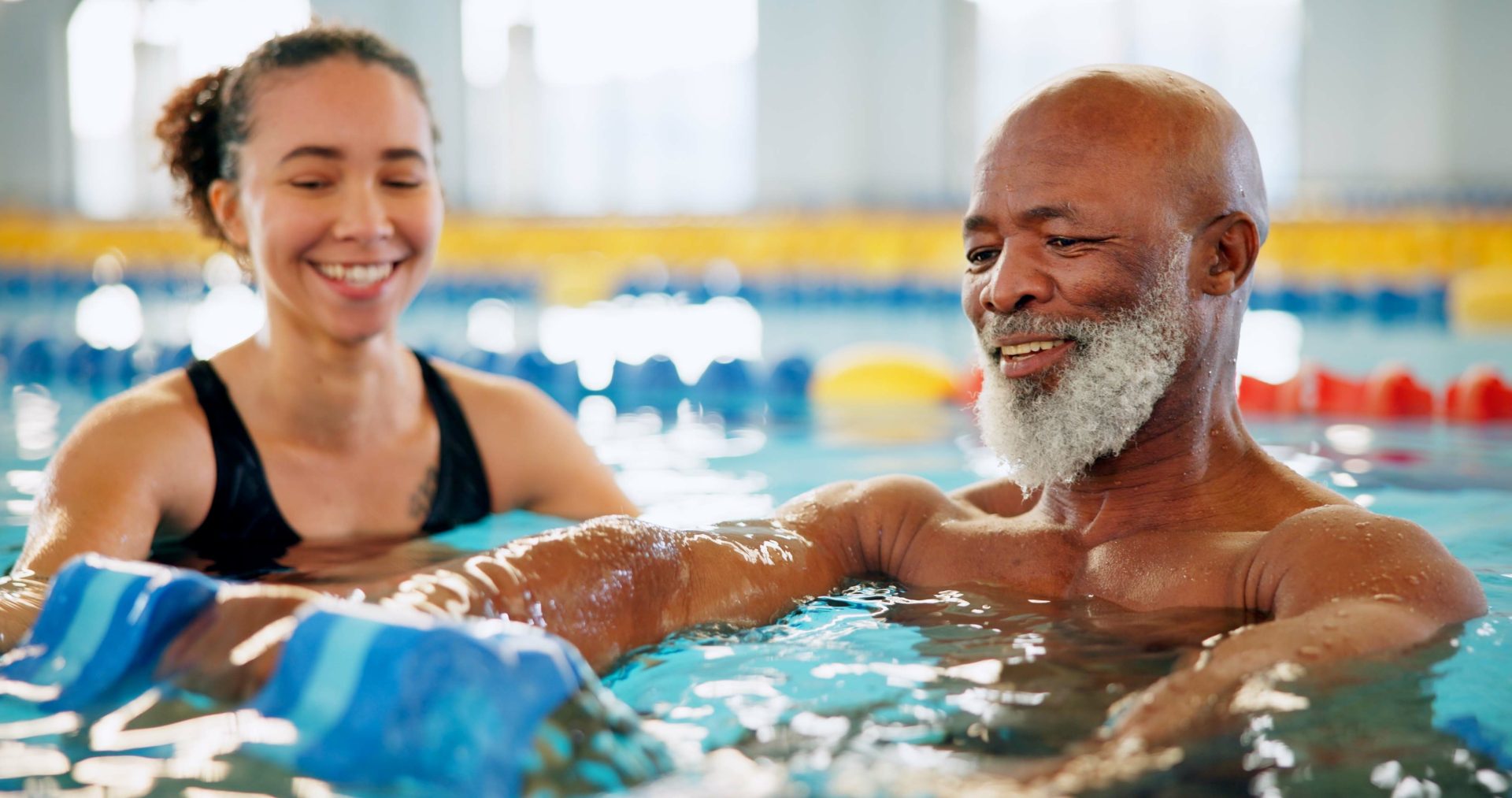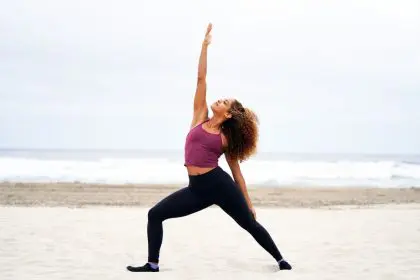Water aerobics is emerging as a powerful exercise option for individuals looking to shed pounds while protecting their joints. Recent research reveals exciting potential for this refreshing workout approach, particularly among certain demographics seeking alternatives to traditional gym routines.
The science behind aquatic workouts
A comprehensive analysis examined 10 studies involving 286 participants between ages 20 and 70, all classified as overweight or obese based on their body mass index. The research spanned multiple countries including the United States, Malaysia, Brazil, India, and the Netherlands, exploring various water exercise formats such as aqua Zumba, water yoga, and aqua jogging.
Participants engaged in these water-based workouts for periods ranging from 6 to 12 weeks. Most exercise programs involved sessions two to three times weekly, typically lasting about an hour per session. This consistency allowed researchers to track meaningful changes over time.
The study design aimed to determine whether water-based exercises could produce measurable weight loss results comparable to land-based alternatives, while potentially offering additional benefits due to the unique properties of aquatic environments.
Who benefits most from water workouts
The research revealed particularly promising results for women over 45 years old. This demographic experienced significant weight loss averaging approximately 6.6 pounds after 10-12 weeks of consistent water aerobics. Additionally, these participants saw their waist circumference decrease by roughly one inch during the same period.
Interestingly, the study found less dramatic effects for men and younger individuals under 45 years old. This difference might relate to hormonal factors, metabolic differences, or possibly even psychological elements affecting exercise intensity and consistency.
These demographic variations highlight the importance of finding exercise approaches that align with individual body types and needs. For middle-aged and older women especially, water aerobics appears to offer meaningful weight management benefits.
Understanding the limitations
Despite the encouraging findings for certain groups, the research noted several important limitations. Water aerobics did not significantly impact overall BMI, body fat percentage, or other related measurements beyond weight and waist circumference.
The quality of evidence was considered relatively low due to several factors. The small number of male participants made gender-based conclusions difficult to validate. Additionally, the varying quality of data across the included studies created challenges in determining which specific water aerobics formats delivered optimal results.
These limitations point to the need for more comprehensive research with larger, more diverse participant groups. Future studies could help identify which water aerobics approaches work best for different body types, ages, and fitness levels.
Why water works better for some bodies
The aquatic environment offers unique advantages for individuals carrying extra weight. The natural buoyancy of water significantly reduces weight-bearing stress on joints, allowing for freer movement with less pain and injury risk compared to land-based exercises.
This reduced impact makes water aerobics particularly valuable for those with obesity, arthritis, or joint problems. Participants often report feeling weightless and more capable in water, enabling them to attempt movements that might cause discomfort on land.
The supportive nature of water also decreases fear of falling or experiencing pain during exercise. This psychological comfort can encourage longer workout sessions and greater consistency – both crucial factors for successful weight management.
Benefits beyond the scale
Water aerobics offers numerous health advantages beyond potential weight loss. The hydrostatic pressure naturally exerted by water enhances circulation throughout the body, helping reduce swelling and improve cardiovascular efficiency during exercise.
The resistance provided by water creates a natural strength-training environment without requiring additional equipment. This resistance can be adjusted simply by changing movement speed – faster movements encounter greater resistance, building more strength.
Research suggests that weight loss achieved through water aerobics might indirectly reduce the risk of cognitive decline. This benefit appears particularly relevant for women, who statistically face higher risk for conditions like Alzheimer’s disease as they age.
The social aspect of group water aerobics classes can also improve mental health through community connection. Many participants report that the enjoyable nature of water exercise helps them maintain consistency better than other fitness approaches.
Creating your water workout routine
For those interested in incorporating water aerobics into their fitness regimen, starting gradually proves most effective. Beginners should focus on proper form and comfort in the water before increasing intensity or duration.
The ideal water workout program typically includes elements of both cardiorespiratory exercise and resistance training. This might mean combining water jogging with arm movements against water resistance, or alternating between different exercise stations around the pool.
Some participants find success with water-based high-intensity interval training (HIIT), which alternates short bursts of maximum effort with recovery periods. Others prefer steady-state exercises like water walking or gentle swimming movements.
The temperature of the pool can significantly impact the exercise experience. Warmer water (around 83-88°F) works better for gentle movement and therapeutic exercises, while slightly cooler temperatures (78-82°F) better support more vigorous aerobic workouts.
Maximizing your aquatic exercise results
To achieve optimal results from water aerobics, consistency remains the key factor. Regular participation two to three times weekly appears to produce the most significant benefits, particularly when sessions last at least 45 minutes.
Proper hydration deserves special attention during water workouts. Despite being surrounded by water, participants still sweat and can become dehydrated without realizing it. Drinking water before, during, and after sessions helps maintain energy levels and supports recovery.
Using water exercise equipment like foam dumbbells, kickboards, or resistance bands can enhance workout intensity. These tools increase resistance and engage different muscle groups, creating more challenging and effective sessions.
Working with a qualified water exercise instructor, especially when beginning, helps ensure proper technique and appropriate progression. Many community pools, fitness centers, and aquatic facilities offer structured classes led by trained professionals.
The future of fitness might be wet
As research continues exploring the benefits of aquatic exercise, water aerobics appears positioned to play an increasingly important role in fitness programming. Its accessibility for diverse body types and fitness levels makes it particularly valuable in addressing population-wide health challenges.
The gentle nature of water workouts allows individuals to exercise longer and more frequently than might be possible with high-impact alternatives. This increased activity volume can contribute significantly to weight management goals over time.
Perhaps most importantly, many participants report genuinely enjoying water aerobics compared to other exercise formats. This enjoyment factor cannot be overlooked, as the best exercise program ultimately remains the one people will actually perform consistently.
Making the splash
Water aerobics represents a valuable option for individuals seeking weight management solutions, particularly those who might struggle with traditional workouts due to joint pain, excess weight, or other physical limitations.
While not a miracle solution, the research suggests water-based exercise can produce meaningful results for certain demographics, especially women over 45. The additional health benefits beyond potential weight loss make water aerobics worth considering as part of a comprehensive wellness approach.
As with any exercise program, finding activities that feel enjoyable and sustainable creates the foundation for long-term success. For many people, the supportive, refreshing environment of water provides exactly the right conditions to build lasting fitness habits.
Whether you’re just beginning your fitness journey or looking to add variety to an established routine, water aerobics offers an accessible entry point with promising benefits. The pool awaits – dive in and discover what aquatic exercise might do for your health goals.


















